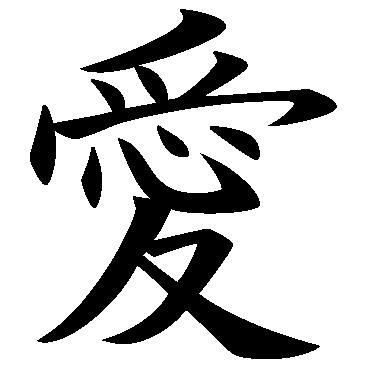You will need
- Chinese-Russian dictionary.
Instruction
1
For those who are studying or just going to learn Chinese, it is known that the greatest difficulty here is the hieroglyphic written language, including the translation of each individual character. Currently, there are several ways of translation of the hieroglyph with the help of dictionaries. Above all, however, it is worth noting that Chinese dictionaries are of several types and are classified according to the method of search of the character. The two most common kind of dictionary is a kanji search by key and search for kanji by reading (pinyin).
2
Here's how to look for the character on the key: at the end of such a dictionary is a table where all the keys used in hieroglyphics. In most cases, the dictionaries suggest the search of the character in the first (i.e. the left or top of the key character). For example, we need to translate the character 草, which consists of three keys, the first (upper) of which is "grass". In this way three features, therefore in the table we find the keys, consisting of three traits.
3
Next, see the key number and find this number in the following table dictionary. The character 草 6 features (except the key "grass"). Look in the corresponding column in the second table of the character 草.
4
Next to the character 草 is the number of the page where you can learn the translation, reading, and the particular combination and use of this hieroglyph. In our case 草: "cao" – "grass."
5
Some dictionaries do not involve the use of such tables. And here it is necessary to be guided by the reading of the character (or pinyin). Pinyin is a Latin alphabet, according to which read Chinese characters. In such dictionaries of the structures you have to apply all the accumulated knowledge of the Chinese language.
6
In most Chinese characters the left part is the value, and the right sound. For example, virtually all characters with the key 中 (zhong - middle) on the right have the same sound 种 zhong, 钟, 忠, 仲, and so forth, or chong 冲, 忡, 种.
7
Every character in Chinese has its tone, which also depends on its value. Therefore, when looking for character you should pay special attention to the tone.
8
Knowledge of the keys and reading them greatly increases the chances of finding a Chinese character in his sound, and often to guess about its meaning.
9
Now also widely used for electronic and online dictionaries. The principle of translation of the character is similar to finding the values in the dictionary print, however here you will not find an explanation of the values and characteristics of the consumption of individual Chinese character.
